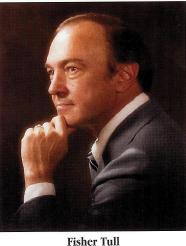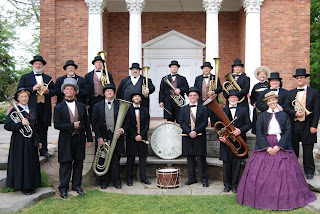Liturgical Symphony - Fisher Tull
The American composer Fisher Tull (1934–1994) was also an arranger, teacher, and trumpet player. Upon graduating from high school in Waco, Texas, Tull played for a while in a dance band prior to enrolling at the University of North Texas and earning a bachelor’s degree in Music Education. He stayed at the University of North Texas to pursue additional studies and earned a master’s degree in Music Theory and Trumpet Performance. At the tender age of twenty-three, Tull began teaching at Sam Houston State University in Huntsville, Texas in 1957. He would later earn a PhD in Music Composition (also at the University of North Texas) and serve as chair of the music department at Sam Houston State University from 1965 until 1982.
Fisher Tull's Liturgical Symphony is one of his most performed works and one of his most well-known pieces for brass. It was composed in 1960, the difficulty level is approximately grade five and it is roughly thirteen minutes long. The three movements are I. Lento; Allegretto, II. Pesante, and

The instrumentation is:
Horn I-IV
Trumpet I-VI
Trombone I-IV
Baritone Horn I-II
Tuba I-II
Timpani
Percussion I-III:
Tam Tam
Crash Cymbals
Snare Drum
Suspended Cymbal
Tenor Drum
Bass Drum
Tull earned numerous awards for his compositions from ASCAP, the Chicago Symphony Orchestra and the National Flute Association. His piece for wind band, Toccata, earned him the 1970 American Bandmaster’s Ostwald Award. Tull is perhaps best known today for his wind band composition Sketches on a Tudor Psalm. His roots however were writing for brass ensembles and he has numerous trumpet solos to his credit: sonatas and concerti for trumpet.




Comments
Post a Comment